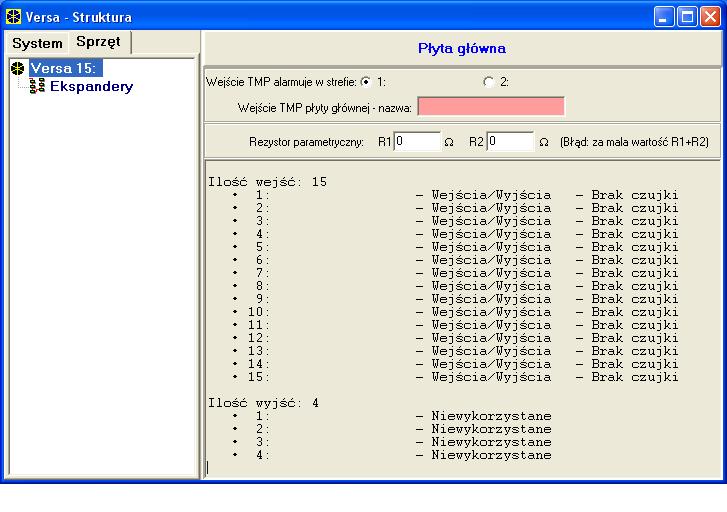

But you can’t tag triggers to real events. It’s not even clear whether the Sense 2 thinks these are good or bad changes, which kind of undermines what comes next.Īt this point, you can input your mood using pre-set icons, and, over time, you can view triggers and see how they correspond to moods. However, the actual alert on the wrist just mentions "changes" in your body. A big alert saying "CHILL OUT" might be what you expect.

We expected this to be annoying, but we were rarely prompted more than once per day. If it detects a stress response, you’ll be prompted to log how you were feeling from a range of pre-set emotions. Stress Management is the headline feature of the Fitbit Sense 2 – and it’s been overhauled, with that cEDA sensor now constantly scanning for stress responses. The EDA sensor on the original Fitbit Sense could spot-check for skin responses to stress, while the Sense 2 can do that automatically.Ĭontinuous ECG is the basis of the overhauled Stress Management feature, which is now the key focus of the Sense 2.

The Sense 2 also uses a continuous electro-dermal sensor (cEDA).


 0 kommentar(er)
0 kommentar(er)
